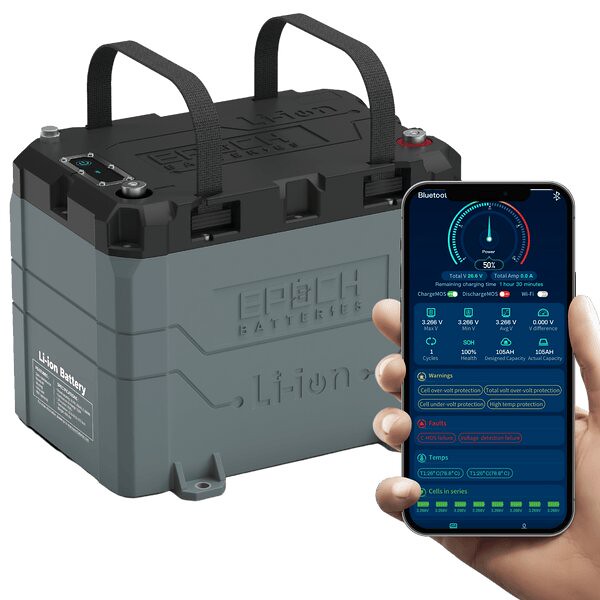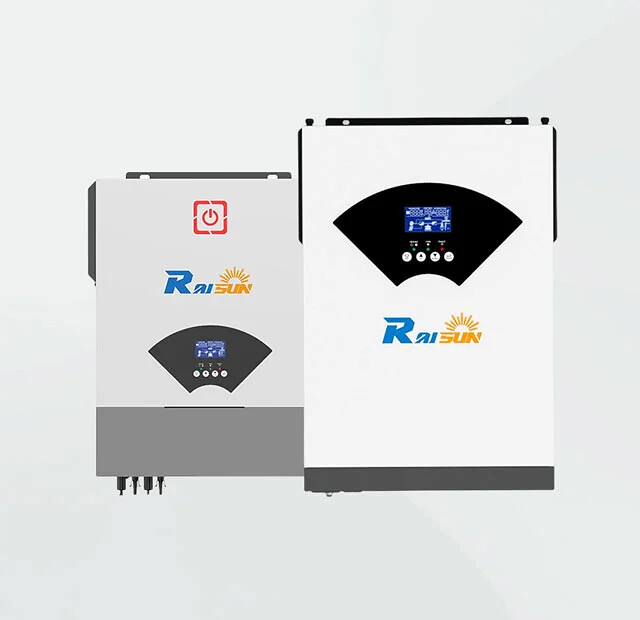Lithium Ferrophosphate Accumulator: The Future of Energy Storage
Introduction:
lifepo4 battery In the ever-growing field of renewable energy, energy storage systems play a crucial role in ensuring a reliable and sustainable power supply. One such technology that has gained immense popularity is the LiFePO4 battery or the Lithium ferrophosphate accumulator.
Manufacturing Process:
The manufacturing process of LiFePO4 batteries involves several steps to ensure th Wall – Mounted Lithium Battery eir high performance and long lifespan. First, lithium carbonate (Li2CO3) and iron(II) phosphate (FePO4) are mixed together in a controlled environment at elevated temperatures. This mixture undergoes

chemical reactions to form lithium ferrophosphate (LiFePO4), which acts as the cathode material in the battery. Then, this compound is coated onto an aluminum foil along with other components like graphite for enhanced conductivity. Finally, these coated foils are assembled into cells to create the f lifepo4 battery inal LiFePO4 battery.
Characteristics and Advantages:
LiFePO4 batteries offer several distinct characteristics that make them stand out from other types of rechar Lithium-iron-phosphorous-oxygen storage cell geable batteries. Firstly, they have excellent thermal stability, making them safe even under extreme conditions. Secondly, they exhibit low self-discharge rates compared to traditional lead-acid or nickel-based batteries. Furthermore, LiFePO4 batteries have a longer cycle life due to their stable structure and resistance to degradation over repeated charge-discharge cycles.
One key advantage of LiFePO4 batteries is their high energy density, providing more power within a smaller footprint compared to other types of lifepo4 battery manufacturer rechargeable batteries. Additionally, they have a higher tolerance for deep discharges without significantly affecting their li lifepo4 battery fespan or overall performance.
Usage Guidelines:
To maximize the efficiency and lifespan of your LiFePO4 battery, some important usage guidelines should be followed:
1. Avoid operating Solar energy storage system the battery outside its recommended temperature range (-20°C-60°C).
2. Do not overcharge or over-discharge the battery to prevent damage.
3. Store the battery in a cool and dry place when not in use.
4. Ensure proper ventilation during charging to dissipate any heat generated.
Selecting the Right LiFePO4 Battery:
When choosing a LiFePO4 battery, it is essential to consider your specific application requirements. Factors su

ch as capacity, voltage, and size should be matched with your energy storage needs. Additionally, selecting a reputable manufacturer is crucial to ensure product quality and reliability.
Conclusion:
LiFePO4 batteries have revo Lithium ferrophosphate accumulator lutionized energy storage systems and offer significant advantages over traditional battery technologies. Their manufacturing process combines advanced chemistry and precise engineering techniques resulting in high-performance devices that are both safe and durable. With their excellent characteristics of thermal stability, long cycle life, and high energy density, LiFePO4 batteries are an ideal choice for ap

plications ranging from wall-mounted lithium battery installations to solar energy storage systems.
In conclusion, embracing LiFePO4 technology LiFePO4 accumulator will pave the way for a greener future by strengthening our reliance on renewable energy sources while minimizing environmental impacts.
